|
|
An ideal permaculture pond design supports local biodiversity by introducing an array of aquatic species and plants. For avid gardeners, permaculture ponds also provide better water management in vegetable gardens and flower beds.
When designed and constructed correctly, permaculture ponds entice pollinators like birds, insects, frogs, dragonflies and more. Each of these species — coupled with various plants — helps to create a more balanced backyard ecosystem. Here are essential tips for creating your own permaculture pond on your property.
What Makes the Ultimate Permaculture Pond Design?
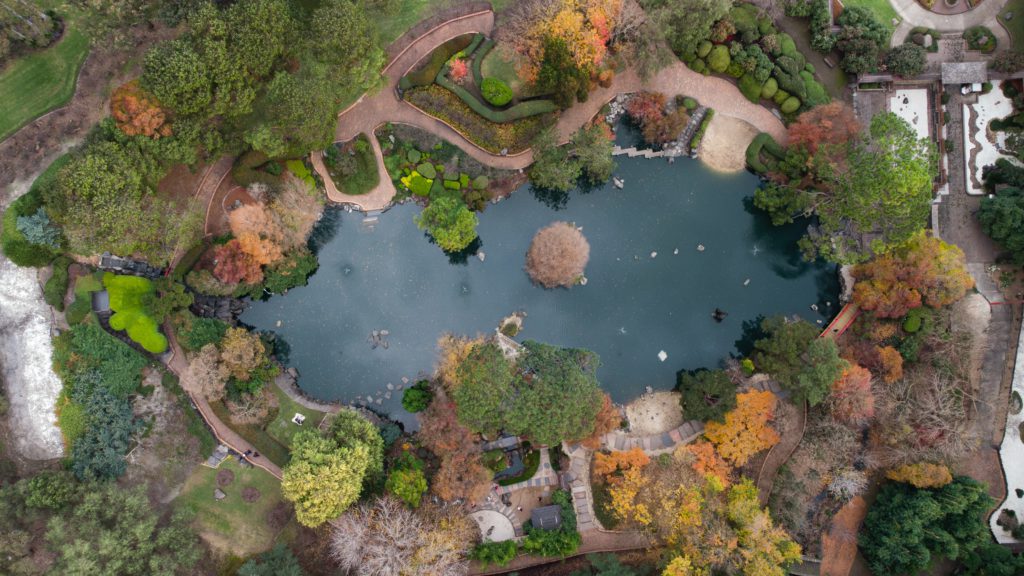
Wetland ecosystems are among the most critical habitats in the world, yet they are declining rapidly. According to the United Nations, human activity — drainage, agriculture, urbanization and pollution, among other reasons — has caused wetlands to disappear three times faster than boreal forests. About 35% of global wetland coverage has been lost since 1970. Sadly, when wetlands disappear, so do their thriving plant, amphibian and animal populations.
Creating a permaculture pond on your property is an excellent way to compensate for lost wetlands. Ideally, your permaculture pond design should occur in a sunny area where natural sunlight and heat support plant life. However, it shouldn’t receive too much direct sunlight, which could evaporate the water.
You must also consider the size you want your pond to be — although 6–9 feet is sufficient for the pond surface, you can go even bigger if you prefer. Likewise, the shape isn’t very significant unless you create an intricate permaculture pond design to match your yard’s aesthetic.
Other things to consider for the ultimate backyard permaculture pond include the following:
- Healthy soil that absorbs water
- Liners — such as clay or some kind of plastic membrane — to retain the water
- Water from a nearby source to introduce local microorganisms to your pond
- Various aquatic plants, including emergent plants, oxygenators, floating plants and deep marginals
Algae will also appear in your pond over time. While it tends to get a bad rap, free-floating planktonic algae is normal and a vital part of the pond ecosystem. Planktonic algae deliver a food source for microscopic species consumed by fish and other amphibians. It also helps a healthy well-oxygenized pond for fish.
Algae are destructive when it grows uncontrollably due to chemical fertilizers. Including a pump in your permaculture pond design will help filter out toxic algae by recirculating the water and nutrients. For example, a 1,200-gallon pond will require a pump that cycles 600 gallons of water hourly to filter all the water in two hours.
Constructing a Permaculture Pond in Your Yard
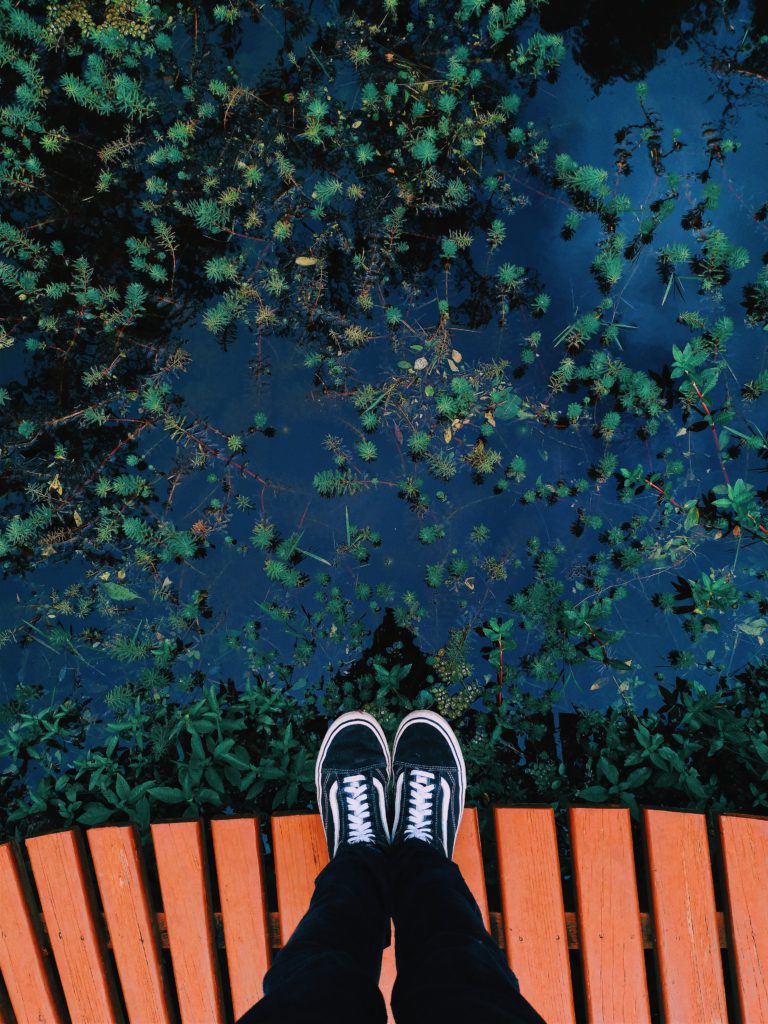
Once you’ve mapped out your permaculture pond, you can begin digging up the area with a slight slope. Various depths allow aquatic species to swim low when it’s too hot or seek refuge when water evaporates.
You’ll then want to waterproof the hole with the liner — it also wouldn’t hurt to lay geotextile fabric first to prevent roots from reoccurring. Lay sand on the liner when the pond is watertight, then fill the hole with water. The last step is even easier if you live near a pond and can pump the water in from there.
Attracting species is easier than you think. Simply add rocks, trees, bushes, aquatic plants and other organic matter. These surfaces are especially crucial for the microorganisms you introduce from other water bodies, ensuring the pond water stays healthy and clean.
Microbes attach themselves to rock surfaces in the pond. The best way to support them is by adding pebbles and rocks halfway around the perimeter at about 8 inches deep. These microbes will become your pond’s best natural filter.
Permaculture Pond Maintenance
Maintaining your pond is relatively straightforward. Thanks to microorganisms and natural biological processes, you’ll find yourself with minimal work.
However, be mindful of debris buildup — especially around changing seasons — by clearing away leaves and sticks that may decompose in the water. During the summer, you’ll want to check water levels regularly to prevent the pond from drying up.
If eutrophication occurs, consider a pump to remove some algae. Additionally, avoid plant overgrowth by trimming when necessary.
Build it and They Will Come
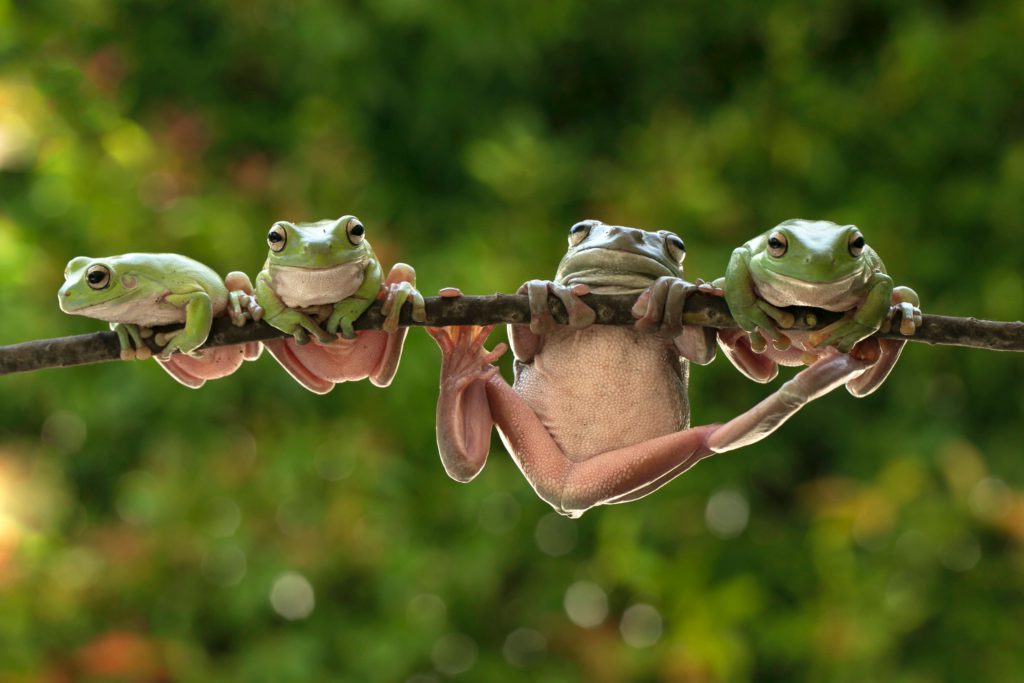
The United States has transformed nearly 150 million acres of natural habitat into agricultural lands — residential lawns now blanket 40 million acres. Additionally, homeowners have grown accustomed to filling their yards with invasive plant species that do little to meet the needs of local wildlife.
As urban sprawl, industrialization and climate change have eaten up essential ecosystems, the world has lost 30% of its biodiversity since 1970. Yet, biodiversity decline risks upending the food chain and natural resources.
Habitat degradation has also induced a stark decline in pollinator populations by disrupting plant communities. Driving pollinators away has particularly negative implications for the global food supply. Scientists estimate that animal pollination — such as by birds or squirrels — contributes $224 to $577 billion in agricultural output worldwide. Widespread use of fertilizers, pesticides and herbicides has also proved lethal for bee populations and insects deemed essential for plant growth and other ecological processes.
Ponds are known for delivering food, water, heat, medicinal ingredients and aesthetic value. They can also help you conserve water used to irrigate your vegetable or flower garden. Most importantly, an effective permaculture pond design provides a suitable freshwater ecosystem that attracts vital species. Filling your pond with floating plants and rocky surfaces isn’t enough — opting for native flora well-adapted to your region is best for a healthy pond habitat on your property.
Support Local Wildlife With a Permaculture Pond
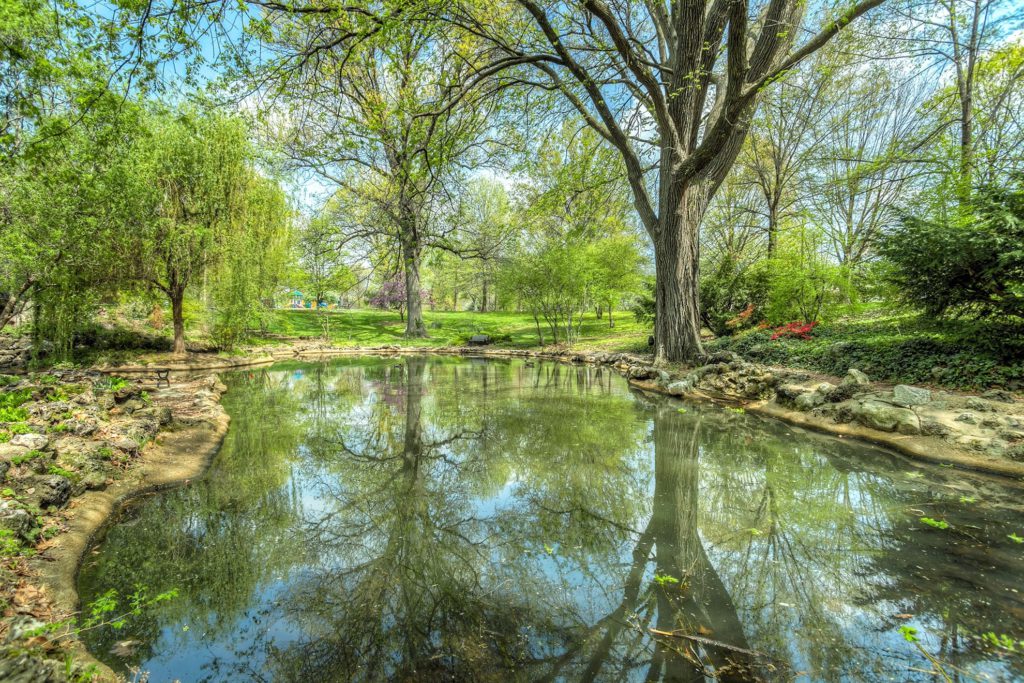
You can be part of the solution in protecting biodiversity with a backyard permaculture pond. Of course, the pond’s aesthetic value is an added benefit. Consider building a permaculture pond to reap the rewards of a beautiful ecosystem that hosts an abundance of critters and plants.
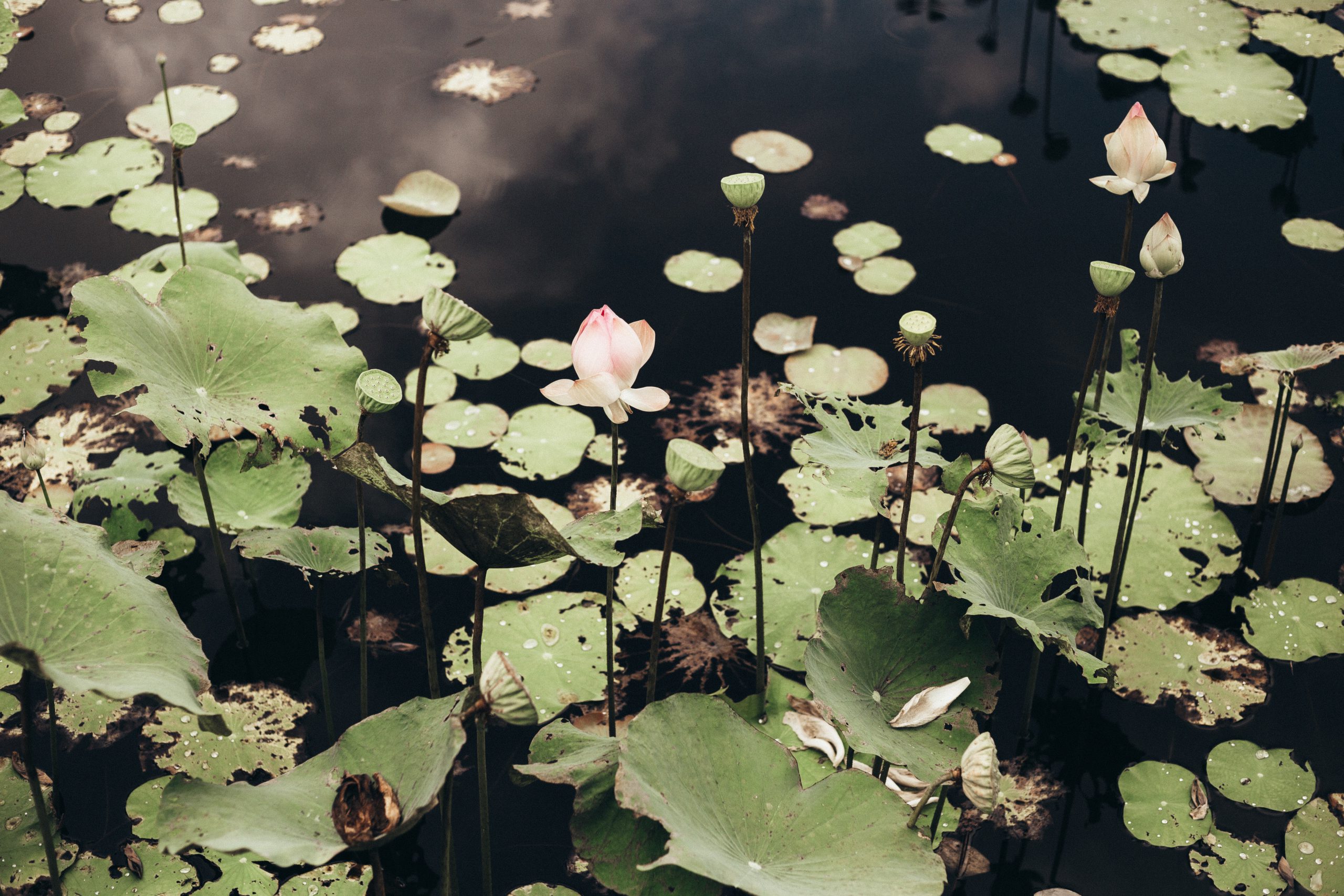




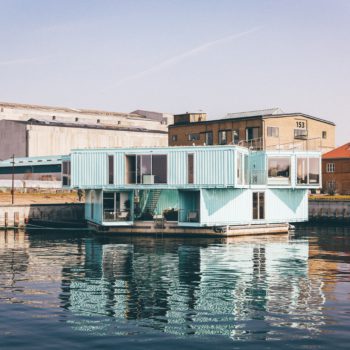


No Comments